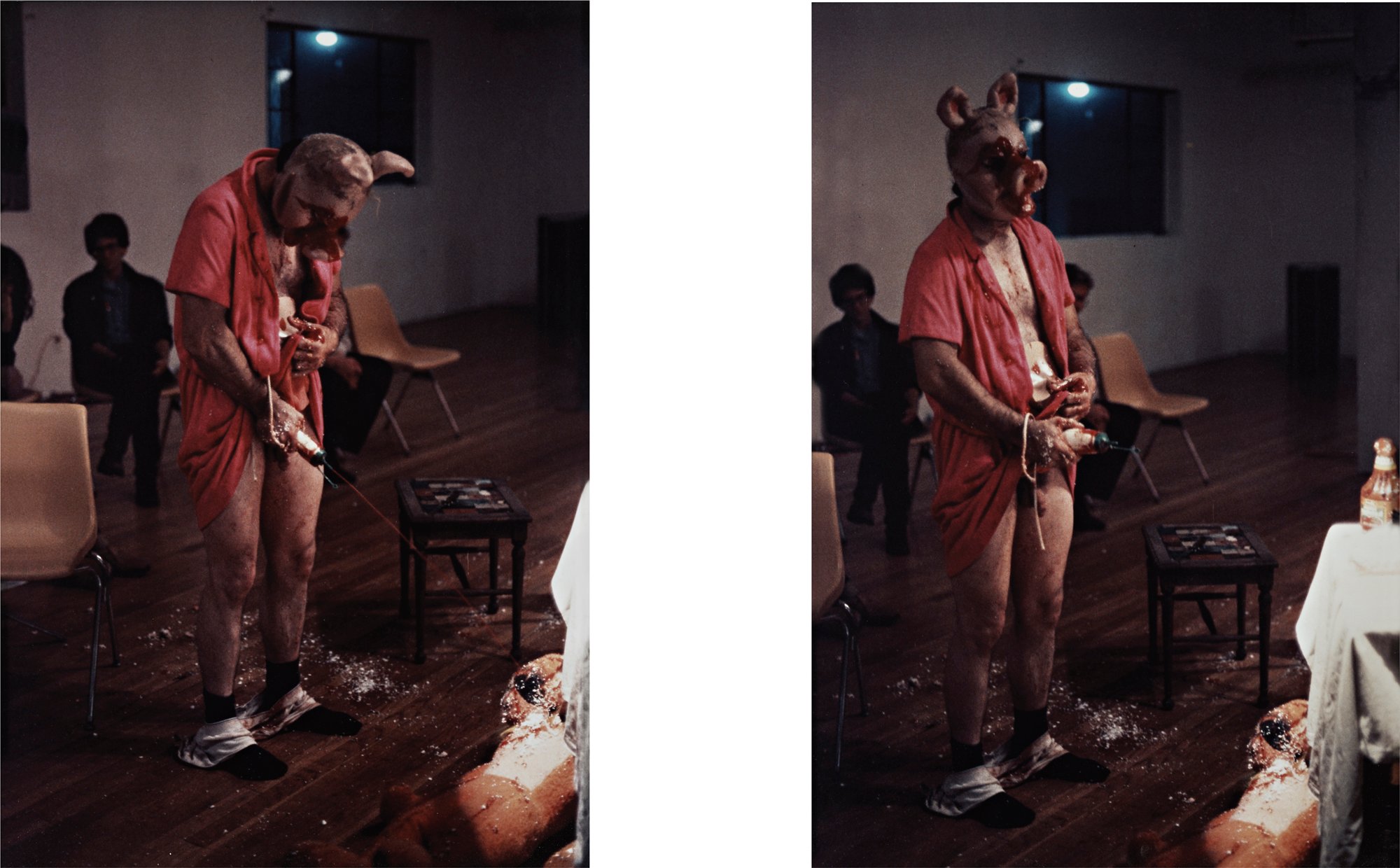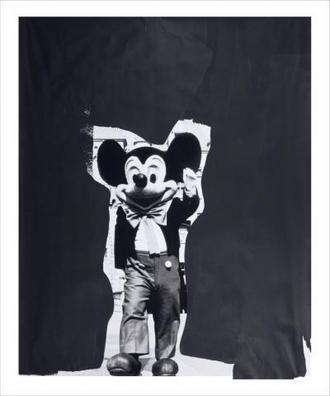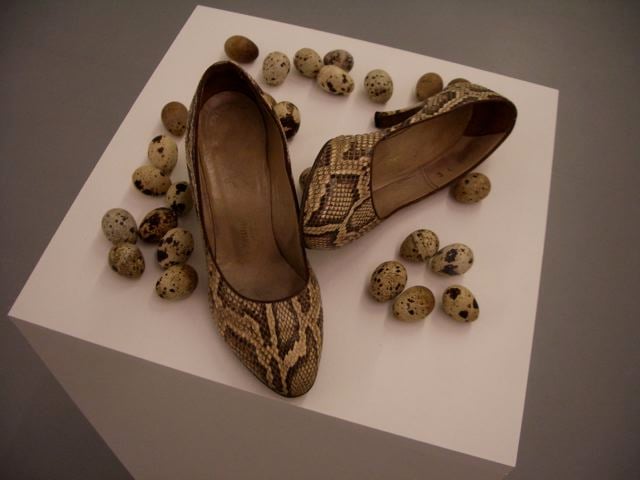Serious Games 3, Immersion
2009 - Film & Video (Film & Video)
20 min
Harun Farocki
For Immersion , Harun Farocki went to visit a research centre near Seattle specialized in the development of virtual realities and computer simulations. One of their projects consists in using virtual reality (environments created to simulate this world) for therapeutic reasons for soldiers suffering traumas after the Iraq war. The double projection creates a parallel between animations and testimonies by soldiers reliving their mission, the explosions, gunshots and ambushes, their fears and their guilt. The chosen direct rendering and simplicity of the edit places us like the voyeur of a personal and difficult experience. The end is disconcerting since the last soldier, who one minute had been pleading his therapist to stop the program, looks at his audience and smiles with a detachment that sheds doubt on the authenticity of his account. The Virtual Iraq program is closer to a virtual game than a therapeutic program. Immersion continues to explore the impact of new technologies on society, the relations between virtual reality and the military world and how the scenarios developed as video games are used as training tools as much as a therapy. ( Read Artslant )
In the 1970s and 80s, the feature films Harun Farocki made contributed to theorizing essay-films, a cinema genre that juxtaposes archival images of different sources (news, film industry) with voiceover commentaries. More specifically it is a critical and political approach to the image that has characterized his oeuvre since the start, a point of view on the connections between war, technology and capitalism. In 1969, he makes one of his first films in 16mm called Inextinguishable Fire in which he appears as a TV presenter reading out the testimony of a Vietnamese victim of a Napalm attack. The subsequent images are like an educational documentary, an austere thesis on the origins of napalm production and the involvement of workers, students and engineers in what was largely used as a weapon against civilians. Years later, for the trilogy Eye/Machine (2001-2003), Farocki collects sequences filmed during the Gulf War, like images from projectiles, juxtaposed with images produced by machines made for surveillance, recognition and localization. The art historian Hal Foster describes Farocki’s work like a genealogy of ‘visual instrumentalization’ following the evolution of image technologies and their roles in power struggles and the exercise of control. At the beginning of the 1990s he begins to imagine double projections that were presented in cinemas and soon in galleries and institutions that could easily adapt to this mode of projection. The evolution of the forms of presentation and distribution of his work explains his presence in various economies and most recently that of the art market. Harun Farocki was born in 1944 in Neutitschein, Czech Republic. He lived and worked in Berlin where he passed away in 2014.
Colors:
Related works of genres: » 1944–2014, » contemporary artist, » filmmaker

© » KADIST
Tacita Dean
2001The photographic quality of the film Baobab is not only the result of a highly sophisticated use of black and white and light, but also of the way in which each tree is characterized as an individual, creating in the end a series of portraits...

© » KADIST
Hank Willis Thomas
2014South Africa Righteous Space by Hank Willis Thomas is concerned with history and identity, with the way race and ‘blackness’ has not only been informed but deliberately shaped and constructed by various forces – first through colonialism and slavery, and more recently through mass media and advertising – and reminds us of the financial and economic stakes that have always been involved in representations of race....

© » KADIST
Laure Prouvost
2018Monteverdi Ici by Laure Prouvost is a non-narrative video work that depicts the back of the artist’s naked body standing, with her back towards the camera in a field...

© » KADIST
Paul McCarthy
1983McCarthy’s Mother Pig performance at Shushi Gallery in 1983 was the first time he used a set, a practice which came to characterize his later works...

© » KADIST
Gabriel Orozco
1992Gabriel Orozco often documents found situations in the natural or urban landscape...

© » KADIST
Paul McCarthy
2010To make Mickey Mouse (2010), Paul McCarthy altered a found photograph—not of the iconic cartoon, but of a man costumed as Mickey...

© » KADIST
Paul McCarthy
2008Memory Mistake of the Eldridge Cleaver Pants was created for the show Paul McCarthy’s Low Life Slow Life Part 1 , held at California College of the Arts’s Wattis Institute in 2008 and curated by McCarthy himself...

© » KADIST
Gabriel Orozco
1994Charco portátil congelado (Frozen Portable Puddle, 1994) is a photographic record of an installation of the same name that Gabriel Orozco made at Witte de With Center for Contemporary Art in Rotterdam for the group exhibition WATT (1994)...

© » KADIST
Raymond Pettibon
2006The five works included in the Kadist Collection are representative of Pettibon’s complex drawings which are much more narrative than comics or cartoon...

© » KADIST
Hans-Peter Feldmann
The types of objects Feldmann is interested in collecting into serial photographic grids or artist’s books are often also found in three dimensional installations...

© » KADIST
Hank Willis Thomas
2012Bread and Roses takes its name from a phrase famously used on picket signs and immortalized by the poet James Oppenheim in 1911...

© » KADIST
Hank Willis Thomas
2014Shot in black and white and printed on a glittery carborundum surface, Black Hands, White Cotton both confronts and abstracts the subject of its title...

© » KADIST
Kara Walker
2005In her masterpiece 8 Possible Beginnings or The Creation of African-America , Walker unravels just that, the story of struggle, oppression, escape and the complexities of power dynamics in the history following slave trade in America...

© » KADIST
Raymond Pettibon
2005The five works included in the Kadist Collection are representative of Pettibon’s complex drawings which are much more narrative than comics or cartoon...






